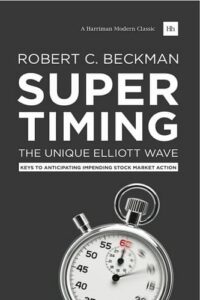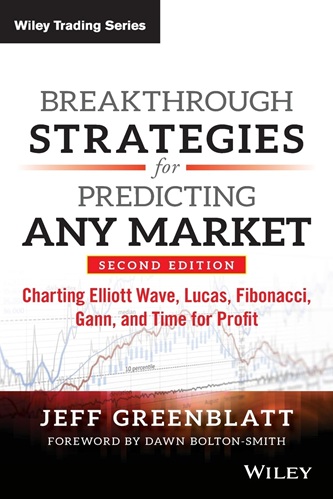Articles
Elliot Waves: A Comprehensive Course on the Wave Principle
In The Elliott Wave Principle — A Critical Appraisal, Hamilton Bolton made this opening statement: As we have advanced through some of the most unpredictable economic climate imaginable, covering depression, major war, and postwar reconstruction and boom, I have noted how well Elliott’s Wave Principle has fitted into the facts of life as they have developed, and have accordingly gained more confidence that this Principle has a good quotient of basic value.
“The Wave Principle” is Ralph Nelson Elliott’s discovery that social, or crowd, behavior trends and reverses in recognizable patterns. Using stock market data as his main research tool, Elliott discovered that the ever-changing path of stock market prices reveals a structural design that in turn reflects a basic harmony found in nature. From this discovery, he developed a rational system of market analysis. Elliott isolated thirteen patterns of movement, or “waves,” that recur in market price data and are repetitive in form, but are not necessarily repetitive in time or amplitude.
He named, defined and illustrated the patterns. He then described how these structures link together to form larger versions of those same patterns, how they in turn link to form identical patterns of the next larger size, and so on. In a nutshell, then, the Wave Principle is a catalog of price patterns and an explanation of where these forms are likely to occur in the overall path of market development. Elliott’s descriptions constitute a set of empirically derived rules and guidelines for interpreting market action. Elliott claimed predictive value for The Wave Principle, which now bears the name, “The Elliott Wave Principle.”
Suggested Books and Courses About Elliott Waves Method
Although it is the best forecasting tool in existence, the Wave Principle is not primarily a forecasting tool; it is a detailed description of how markets behave. Nevertheless, that description does impart an immense amount of knowledge about the market’s position within the behavioral continuum and therefore about its probable ensuing path. The primary value of the Wave Principle is that it provides a context for market analysis. This context provides both a basis for disciplined thinking and a perspective on the market’s general position and outlook.
At times, its accuracy in identifying, and even anticipating, changes in direction is almost unbelievable. Many areas of mass human activity follow the Wave Principle, but the stock market is where it is most popularly applied. Indeed, the stock market considered alone is far more important than it seems to casual observers. The level of aggregate stock prices is a direct and immediate measure of the popular valuation of man’s total productive capability. That this valuation has form is a fact of profound implications that will ultimately revolutionize the social sciences. That, however, is a discussion for another time.
R.N. Elliott’s genius consisted of a wonderfully disciplined mental process, suited to studying charts of the Dow Jones Industrial Average and its predecessors with such thoroughness and precision that he could construct a network of principles that covered all market action known to him up to the mid-1940s. At that time, with the Dow in the 100s, Elliott predicted a great bull market for the next several decades that would exceed all expectations at a time when most investors felt it impossible that the Dow could even better its 1929 peak. As we shall see, phenomenal stock market forecasts, some of pinpoint accuracy years in advance, have accompanied the history of the application of the Elliott Wave approach.
Elliott had theories regarding the origin and meaning of the patterns he discovered, which we will present and expand upon in Lessons 16-19. Until then, suffice it to say that the patterns described in Lessons 1-15 have stood the test of time. Often one will hear several different interpretations of the market’s Elliott Wave status, especially when cursory, off-the-cuff studies of the averages are made by latter day experts. However, most uncertainties can be avoided by keeping charts on both arithmetic and semilogarithmic scale and by taking care to follow the rules and guidelines as laid down in this course. Welcome to the world of Elliott.
Get The Course For Free: Elliot Waves – A Comprehensive Course on the Wave Principle




